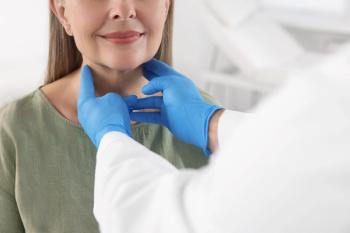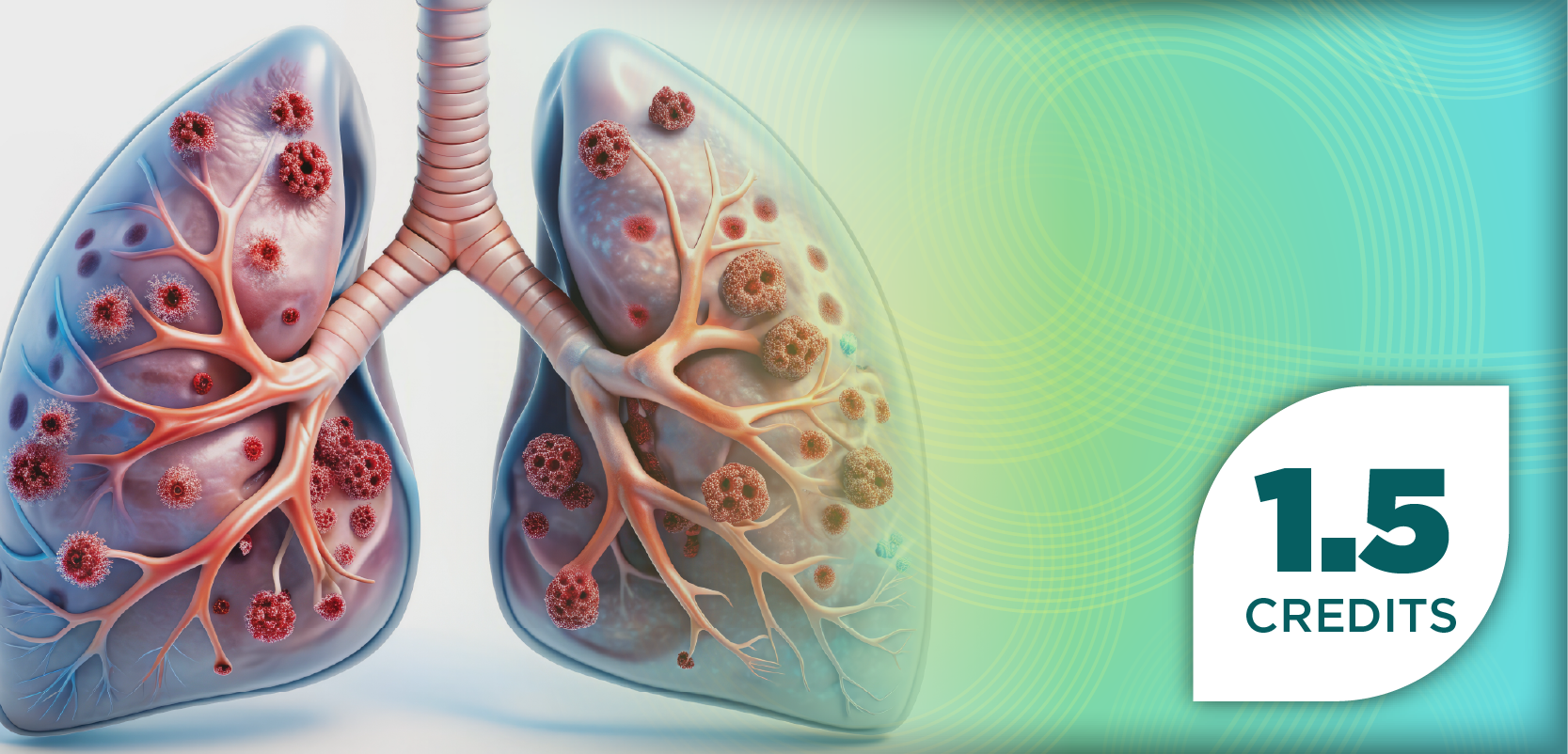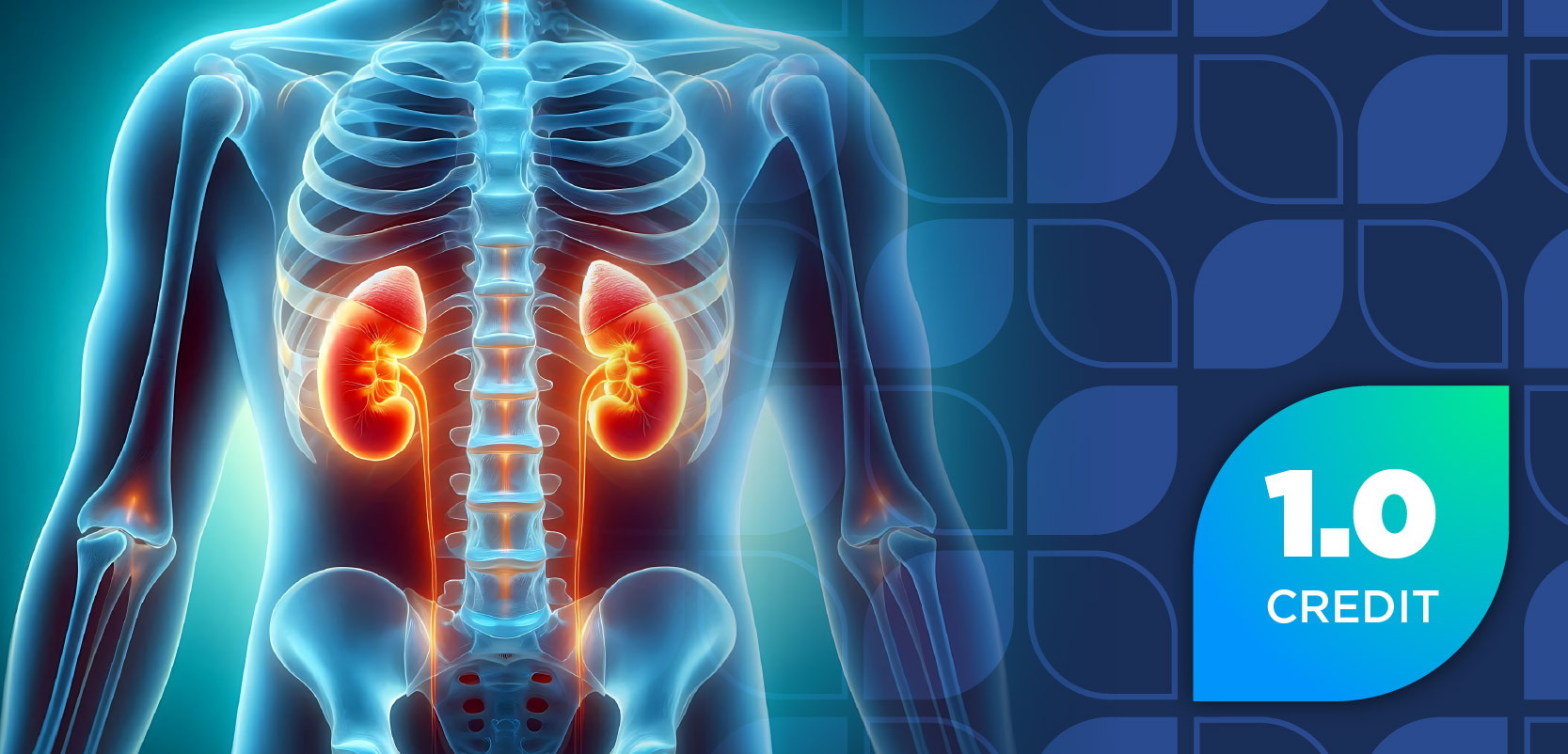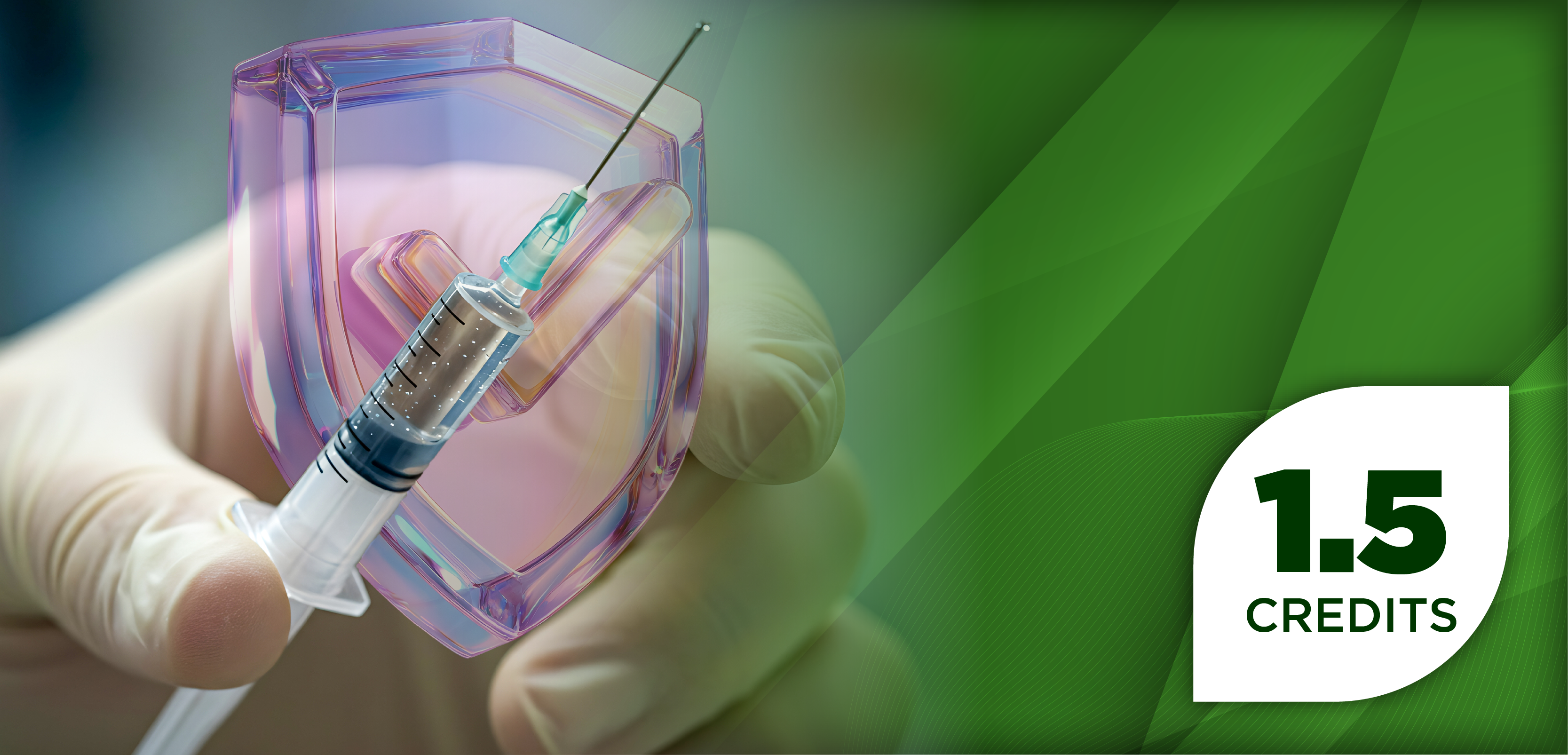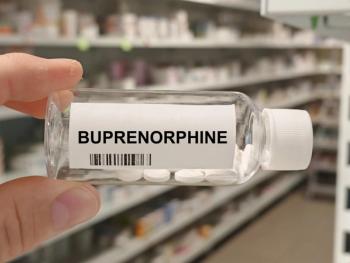
Twice-Yearly Inclisiran Boosts LDL-C Control Post-MI in V-INCEPTION Trial
Kirk Knowlton, MD, discusses findings from the V-INCEPTION trial evaluating inclisiran for low-density lipoprotein cholesterol (LDL-C) management after myocardial infarction, highlighting its real-world effectiveness, tolerability, and potential for integration into pharmacist-led lipid care pathways.
Guideline-directed lipid management after an acute coronary syndrome (ACS) still breaks down in practice: many patients never have their low-density lipoprotein cholesterol (LDL-C) rechecked within 4 to 8 weeks, remain above target despite high-intensity statins, and are not escalated to combination therapy. Seeking a pragmatic solution to that implementation gap, Kirk Knowlton, MD, lead investigator of the V-INCEPTION trial (NCT04873934), a post–myocardial infarction (MI) study, and director of cardiovascular research at Intermountain Health / Intermountain Medical Center in Salt Lake City, Utah, evaluated whether routinely adding twice-yearly inclisiran (Leqvio; Novartis Pharmaceuticals) to usual care could move more patients to goal than the stepwise intensification that typically occurs in real-world settings.
In the trial, patients who had not reached LDL-C targets within 5 weeks post MI on maximally tolerated high-intensity statins were randomly assigned to inclisiran plus usual care vs usual care alone. Inclisiran produced substantially greater LDL-C goal attainment, with only mild-to-moderate injection site reactions in 14% and one withdrawal for urticaria. Major adverse cardiovascular events (MACE) were numerically lower with inclisiran (HR, 0.45; 95% CI, 0.18-1.11), although the study was not powered for clinical outcomes.
In this conversation with Pharmacy Times®, Knowlton discusses the trial’s real-world design, the surprisingly limited uptake of combination lipid-lowering therapy in usual care, how pharmacists could seamlessly identify and initiate candidates for inclisiran early after MI, and where inclisiran might sit alongside PCSK9 monoclonal antibodies (mAbs) in contemporary lipid clinics.
Pharmacy Times: Why was it important to study inclisiran specifically in the post-ACS setting, and how does this population differ from those in other inclisiran trials?
Kirk Knowlton, MD: We have recognized that after people have had a heart attack, there are many who do not take lipid-lowering therapy, do not get their LDL-C checked, and do not achieve recommended targets. Since inclisiran has been shown to be effective at lowering LDL-C and is only given every 6 months after the first 2 doses, we sought to determine if we could improve the percentage of patients that reached their target LDLs after a heart attack. This trial looked specifically at those who did not reach targets within the first 5 weeks after a heart attack, despite maximally tolerated, high-intensity statins.
Pharmacy Times: Can you explain how the trial design attempted to reflect real-world clinical practice, and what implications this may have for pharmacist-led lipid management?
Knowlton: We know that inclisiran administration will have a substantial effect on lowering cholesterol in carefully controlled, randomized, pivotal studies. However, what happens in a real-world setting? If care providers in the usual care arm can do whatever they think is best to reduce the LDL-C, then how well do they do in this population compared to those who are automatically given inclisiran? While the study did not use pharmacist-led lipid management, I think the results could likely be extended to the pharmacist-led strategy as well. In fact, it is my opinion that it could be adopted easily from the perspective of identifying those who could benefit from inclisiran and administering it in the health care system.
Pharmacy Times: Despite the high risk in this cohort, the use of combination lipid-lowering therapy appeared limited. What barriers to combination therapy did the study uncover or suggest?
Knowlton: The observation is correct that combination lipid-lowering therapy was limited in the usual care arm. In the inclisiran plus usual care arm, one could speculate that there were fewer additional lipid-lowering therapies offered because of the high rate of achieving target LDL-C. Importantly, the finding highlights the value of inclisiran administration as a way to improve achievement of target LDL-C.
Pharmacy Times: Inclisiran showed significant LDL-C reductions, but were there any observed trends in MACE reduction (while acknowledging this was an exploratory end point)?
Knowlton: Excellent question. As you indicate, the study was not powered to look at reductions in MACE events. Therefore, even though the MACE rate was lower in the inclisiran plus usual care arm, the improvement did not reach statistical difference. MACE was lower with inclisiran plus usual care (n = 7) compared with usual care (n = 15; HR, 0.45; 95% CI, 0.18-1.11). These findings are encouraging but will need to be evaluated in a larger or longer study to make definitive conclusions.
Pharmacy Times: From a medication access and adherence perspective, how might the twice-yearly dosing of inclisiran influence long-term lipid control compared with oral nonstatins or injectables such as PCSK9 mAbs?
Knowlton: As you know, we did not compare inclisiran to PCSK9 mAbs, but one can only imagine that [adherence] could be easier if it is only needed every 6 months after the first 2 injections. But, in reality, either choice could be a good adjunct for patients who have not met their target LDL-C.
Pharmacy Times: Given that some participants in the usual care arm received commercial inclisiran, how was crossover handled, and what impact might that have had on study outcomes?
Knowlton: There were only a small number of patients who added commercially available inclisiran to the usual care arm. This represents usual care and shows that even including the few patients that received inclisiran as usual care, there was still a large difference between the 2 arms.
Pharmacy Times: The trial excluded patients on anti-PCSK9 antibodies in the inclisiran arm. How should pharmacists think about sequencing or substituting these agents in practice?
Knowlton: Both types of PCSK-9 inhibitors can be helpful in lowering LDL-C early post-MI in those who have not achieved their targets. The advantage of inclisiran is the long dosing interval, which may be better for many patients.
Pharmacy Times: Were any safety signals or tolerability concerns identified with inclisiran, particularly regarding injection site reactions or treatment withdrawal?
Knowlton: One patient withdrew from the inclisiran plus usual care arm because of urticaria, which was thought to be related to inclisiran. Injection site reactions were mild to moderate in 14% of participants. None were severe, requiring withdrawal from the study.
Pharmacy Times: How can clinical pharmacists support cardiologists and primary care providers in implementing LDL-C reassessment and treatment intensification strategies within 4 to 8 weeks of ACS discharge, as recommended by guidelines?
Knowlton: One of the things that I have learned from this study is that there is value in adding a PCSK-9 inhibitor such as inclisiran early after a MI if the LDL-C targets have not been reached. It appears to be much more effective than trying to adjust the lipid-lowering therapy in stepwise fashion, as frequently happens in usual care. Clinical pharmacists could help other care providers by making it easy to prescribe these medications to their patients and making them aware of the value of early administration of other, nonstatin lipid-lowering therapies such as inclisiran.
Newsletter
Stay informed on drug updates, treatment guidelines, and pharmacy practice trends—subscribe to Pharmacy Times for weekly clinical insights.


